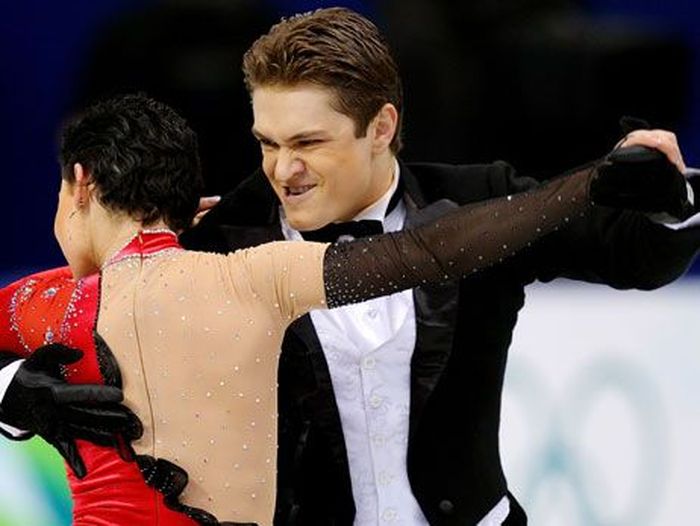|
|
Figure Ice Skating
|
Compulsory figures formerly accounted for up to 60% of the score in singles figure skating, which meant that skaters who could build up a big lead in figures could win competitions even if they were mediocre free skaters. As television coverage of skating events became more important, so did free skating. Beginning in 1968, the ISU began to progressively reduce the weight of figures, and in 1973, the short program was introduced. With these changes, the emphasis in competitive figure skating shifted to increasing athleticism in the free skating. By the 1980s, some skaters began practicing quadruple jumps. Jozef Sabovcik of Czechoslovakia landed a quad toe loop at the 1986 European Championships which was recognized at the event but then ruled invalid three weeks later due to a touchdown with his free foot. At the 1988 World Championships, Kurt Browning of Canada landed the first quad toe loop which has remained ratified. Although it was expected that quads would soon become an important part of men's skating, it was a number of years before this happened. Japan's Midori Ito landed the first triple axel by a woman. Figures were eliminated entirely from competition in 1990.
Television also played a role in removing the restrictive amateur status rules that once governed the sport. To retain skaters who might otherwise have given up their eligibility to participate in lucrative professional events, in 1995 the ISU introduced prize money at its major competitions, funded by revenues from selling the TV rights to those events.
• Present day
Figure skating is a very popular part of the Winter Olympic Games. Countries who have produced many successful skaters in recent decades include Russia and the former Soviet Union, the United States, Canada, Germany and Japan. The sport is currently experiencing a surge in popularity in East Asia, particularly in Japan, China and South Korea, as well as in the Nordic countries such as Norway, Finland, and Sweden. Training opportunities in South Asia are limited due to a scarcity of skating rinks. India had only four major indoor ice rinks as of 2011, but there were plans for ten more to be built, mostly in malls, over the following five years.
|
|









